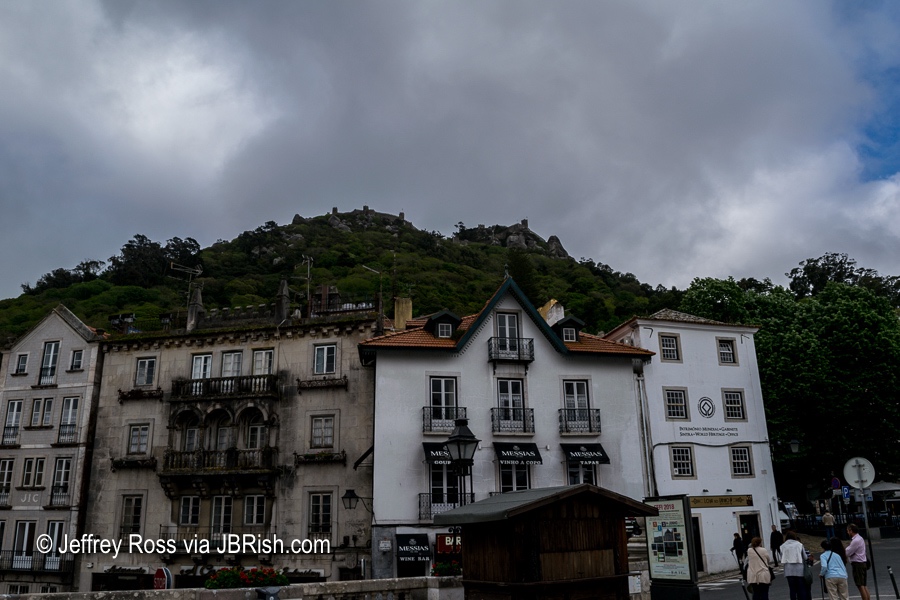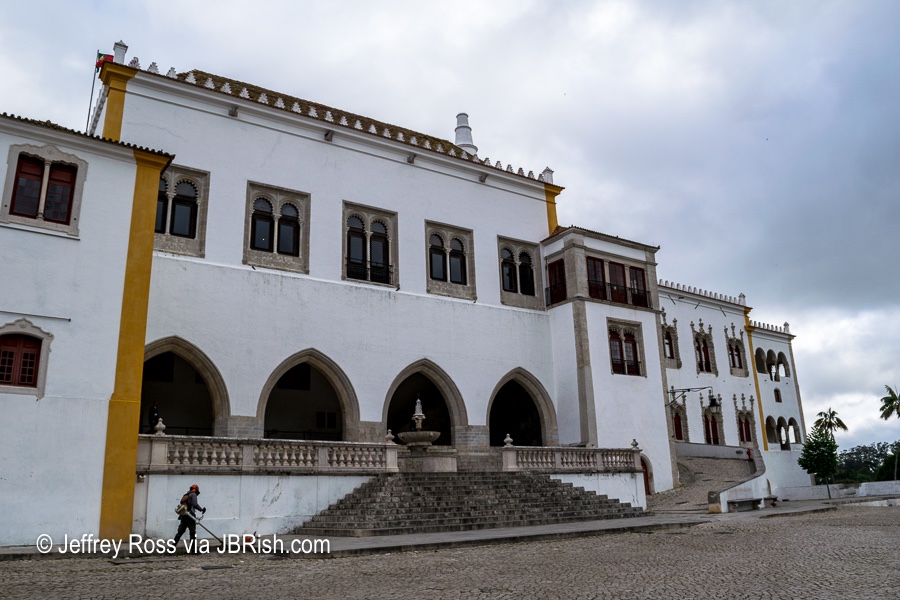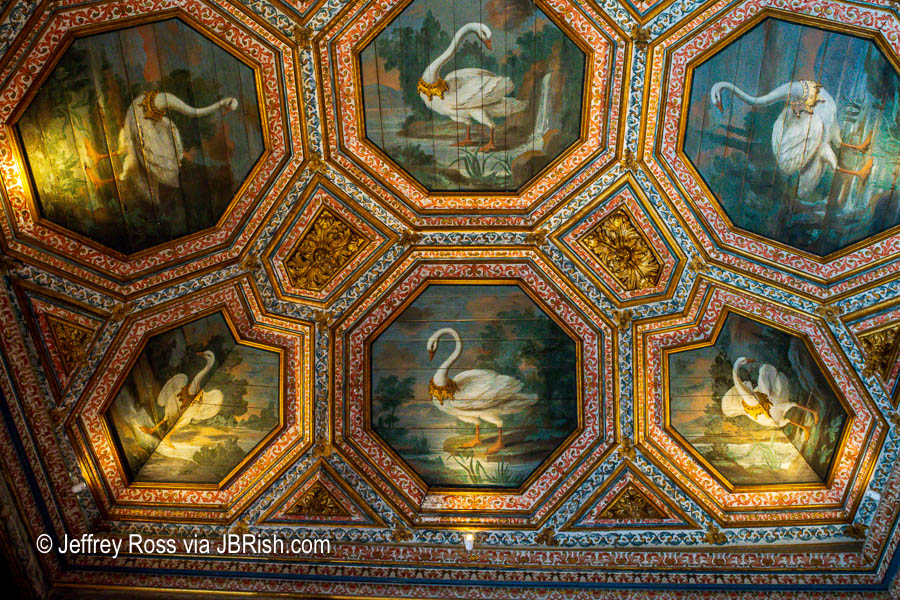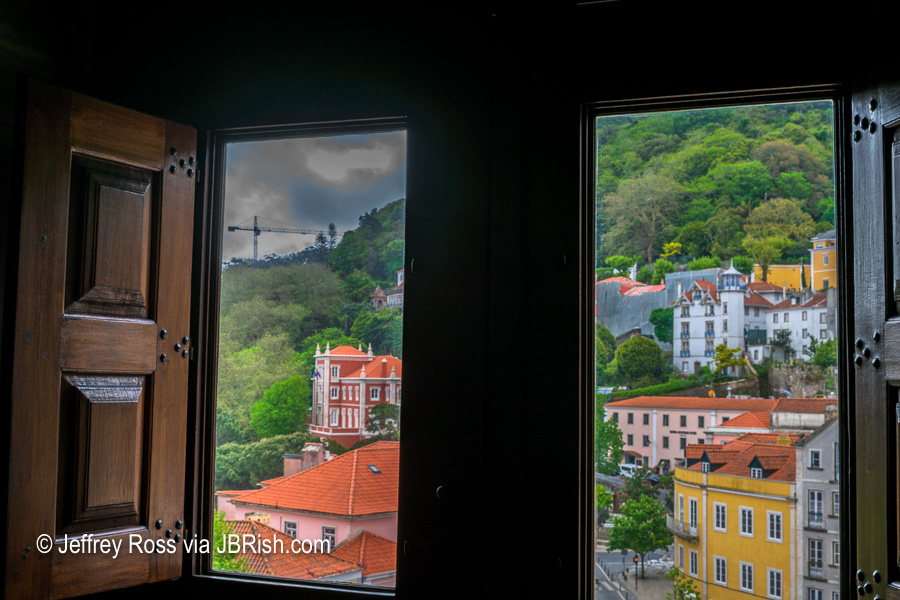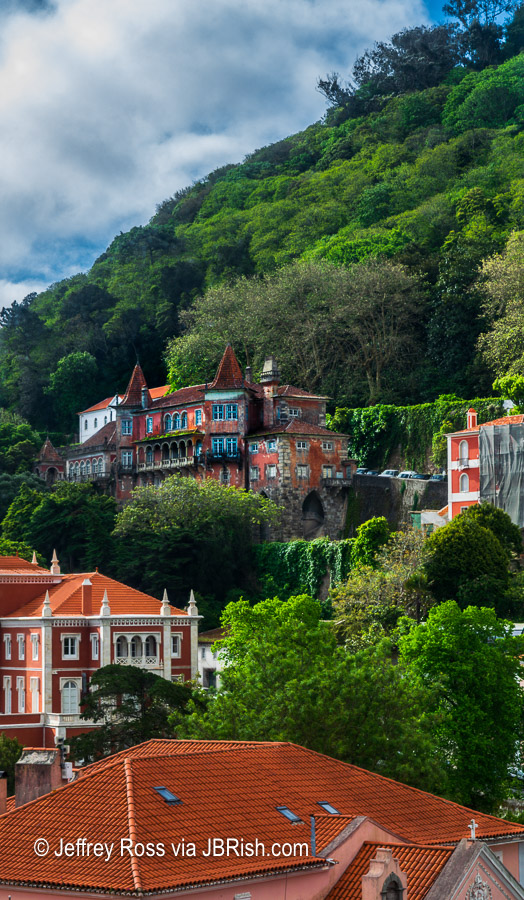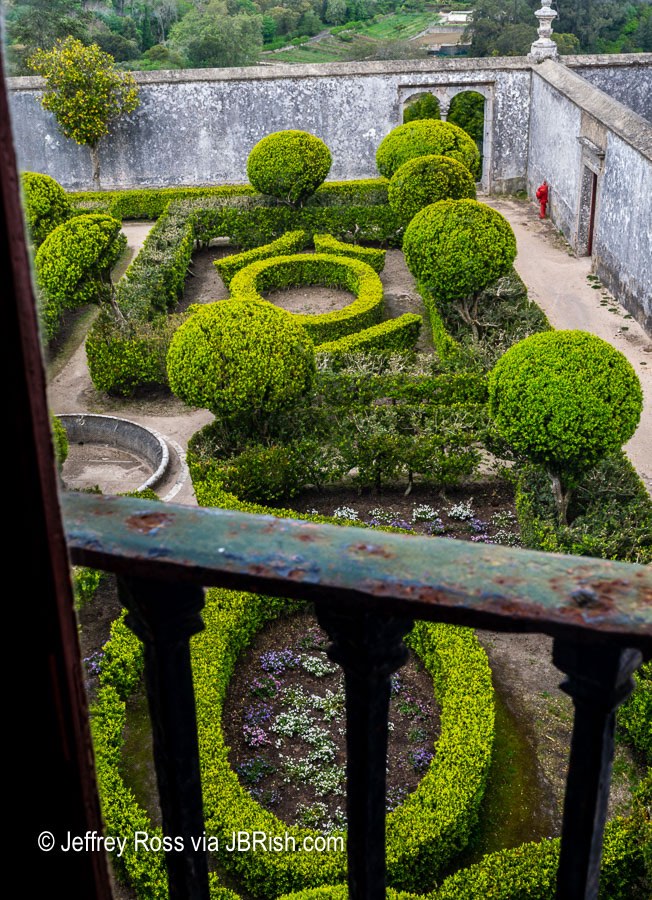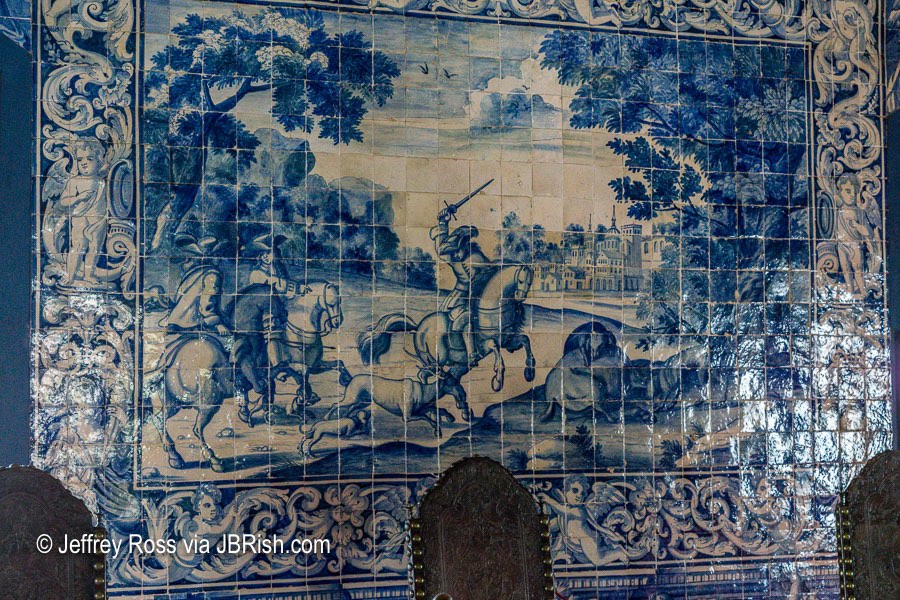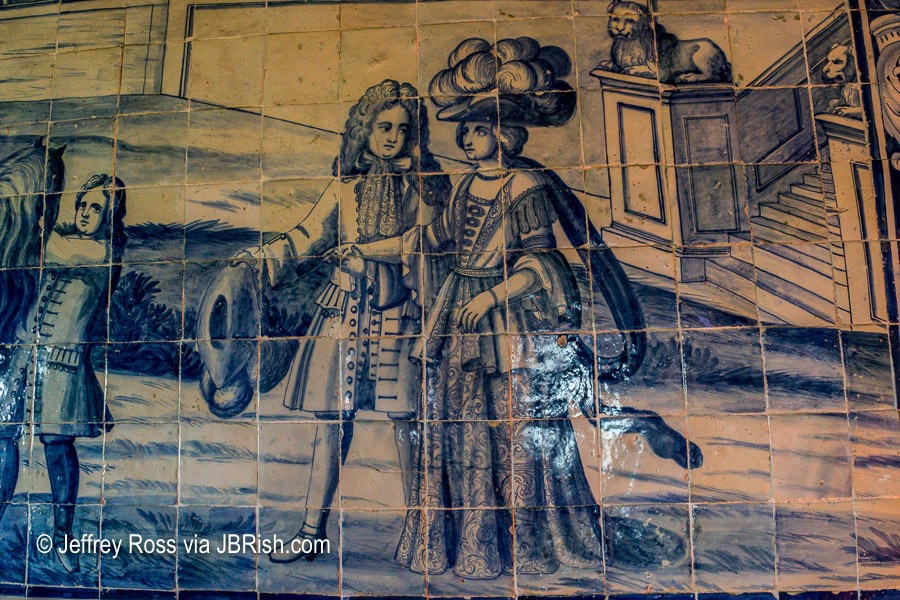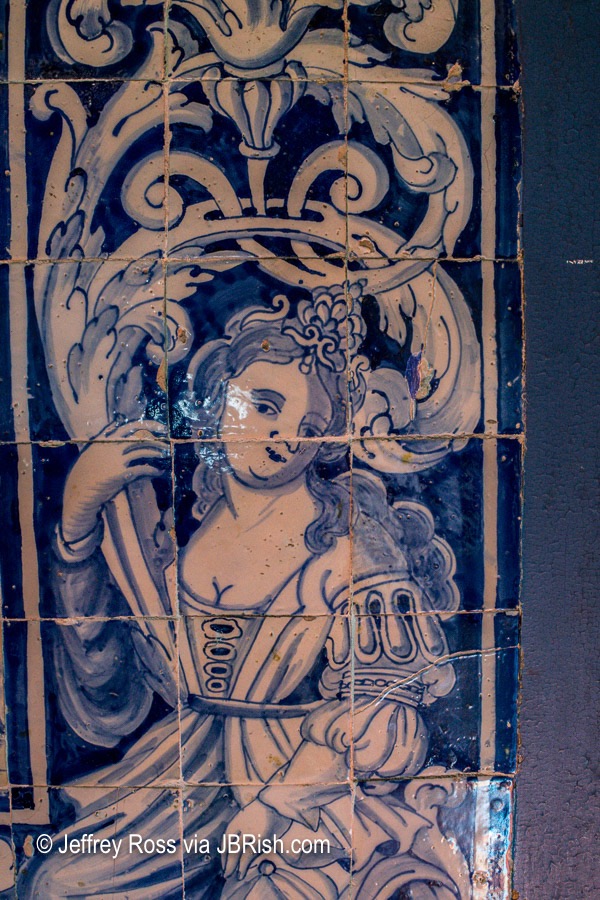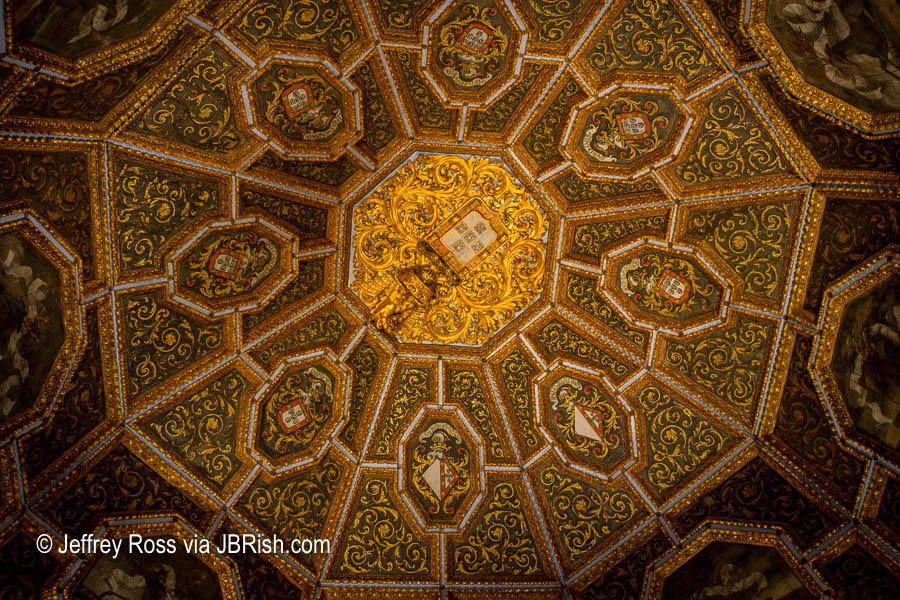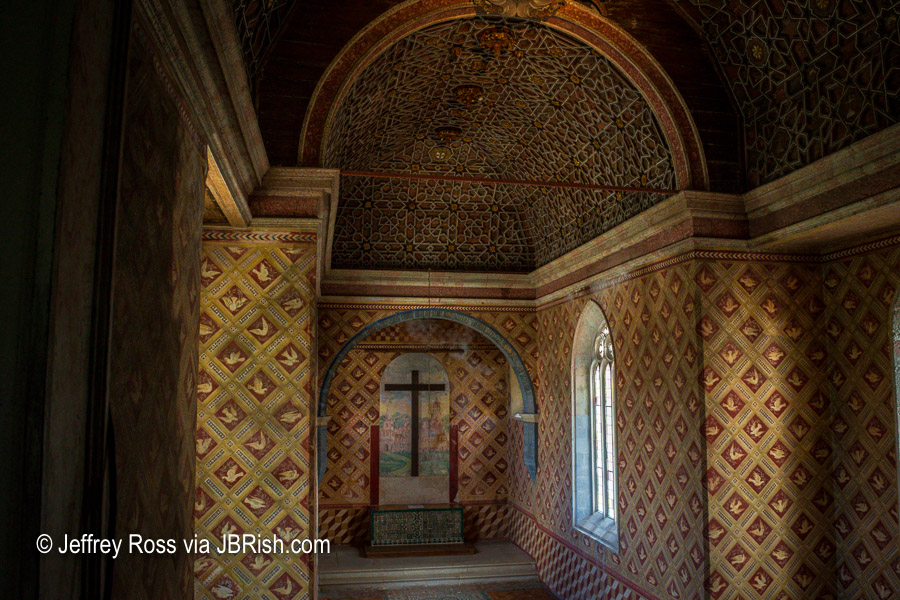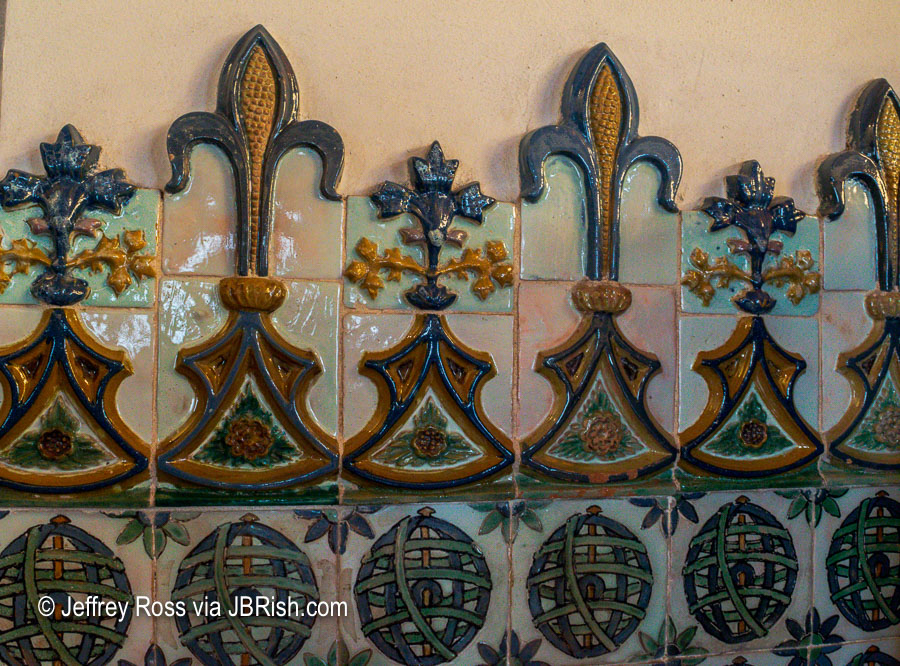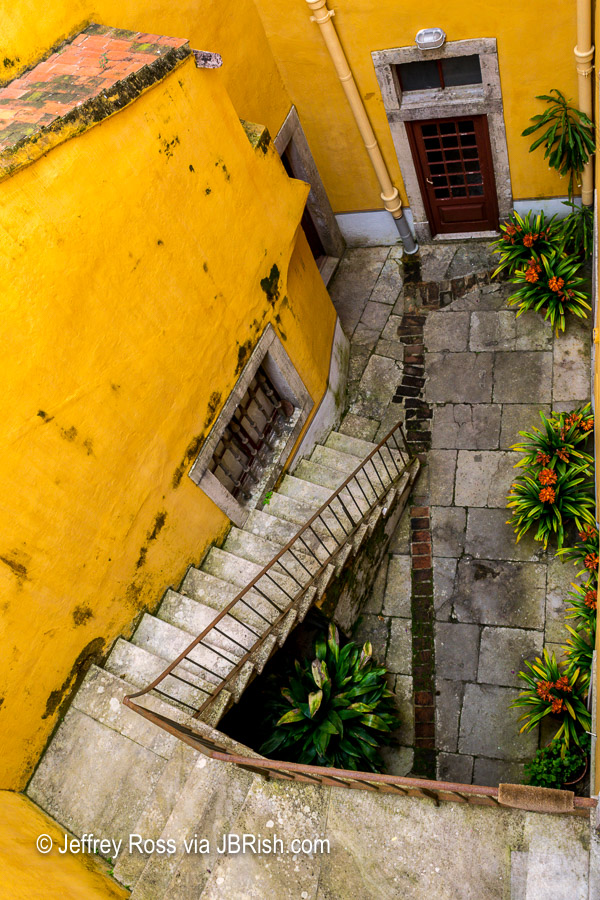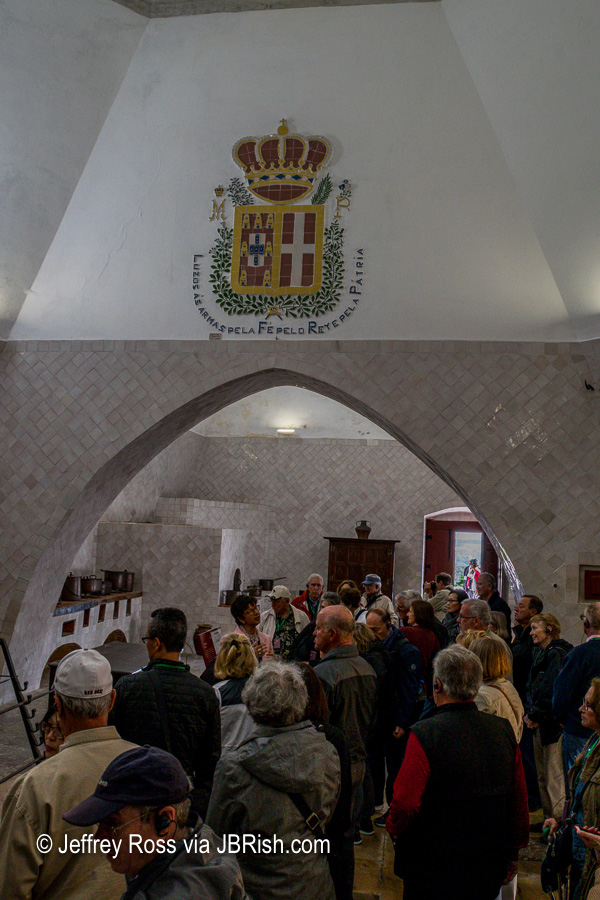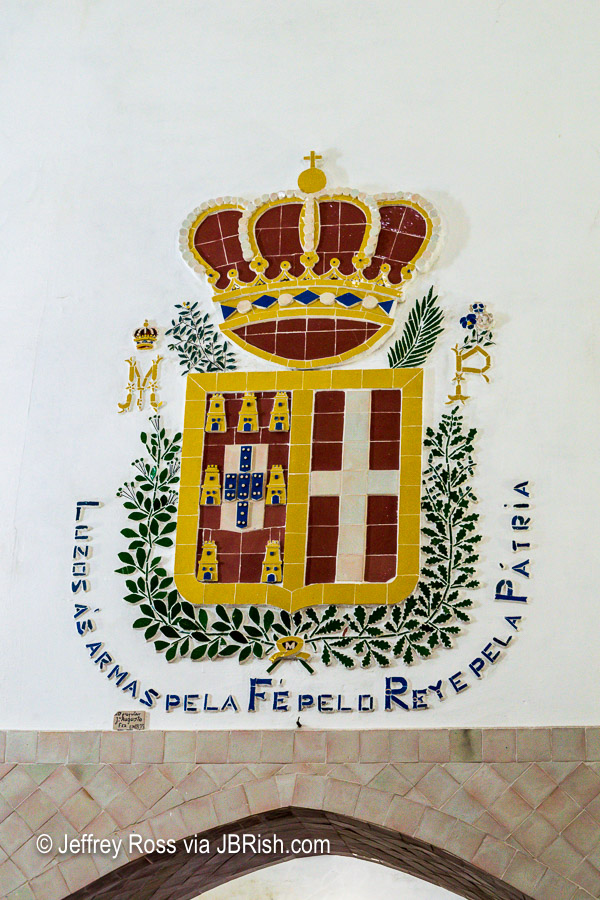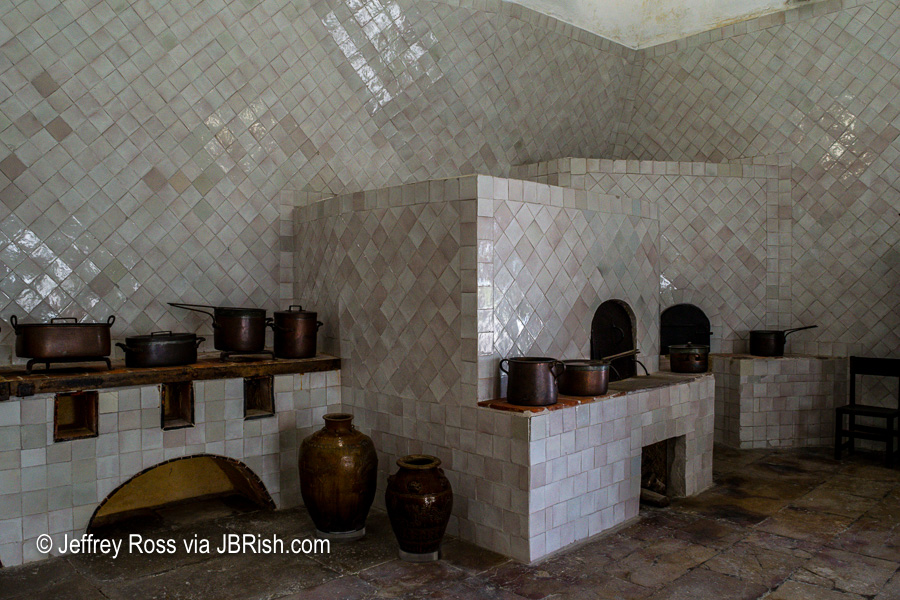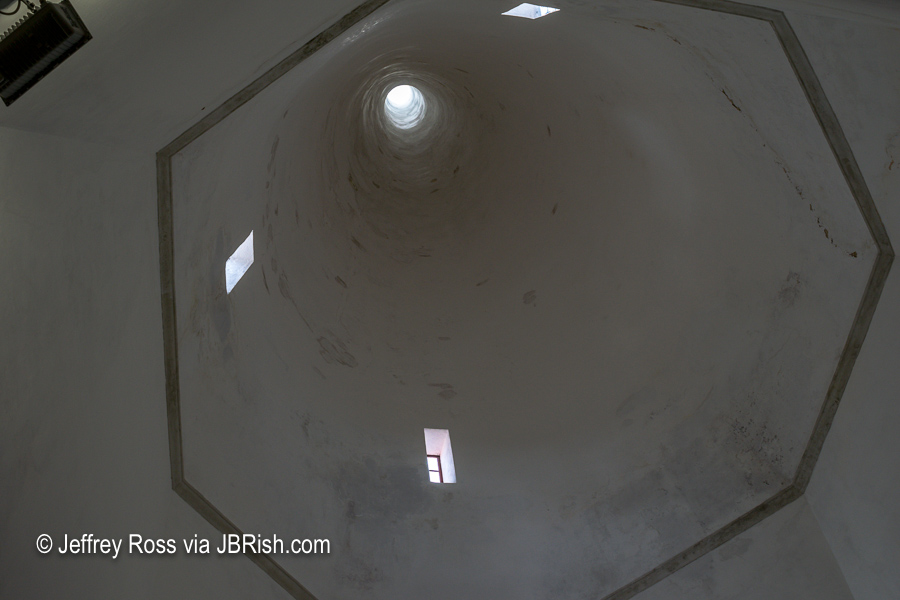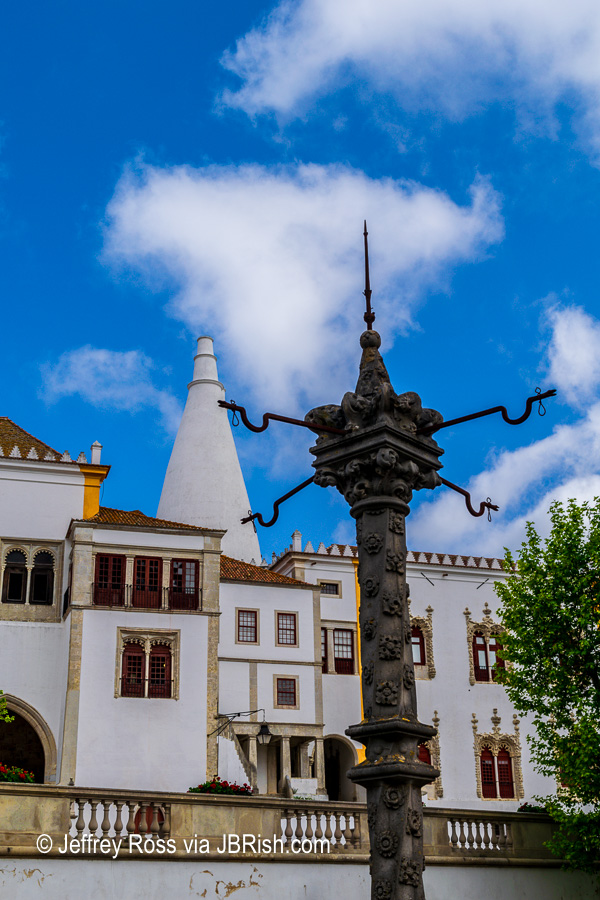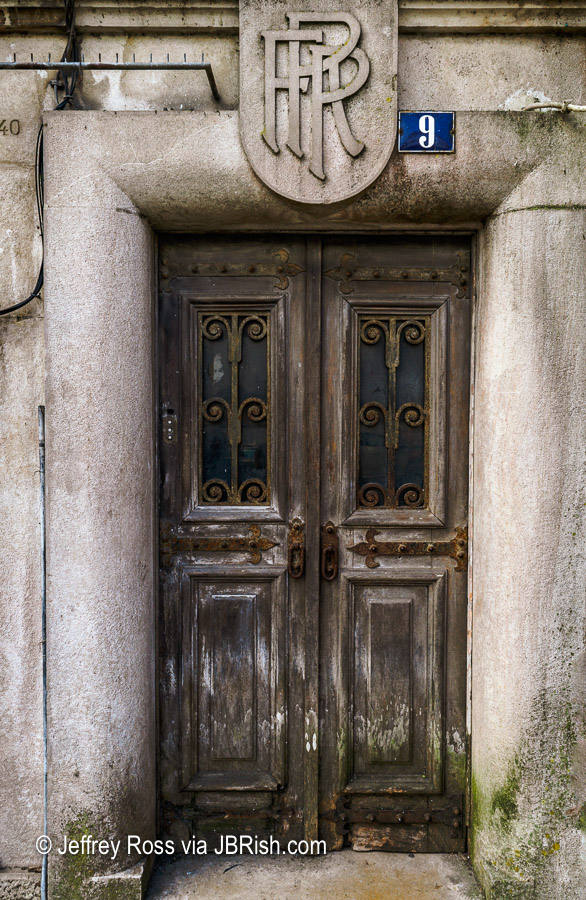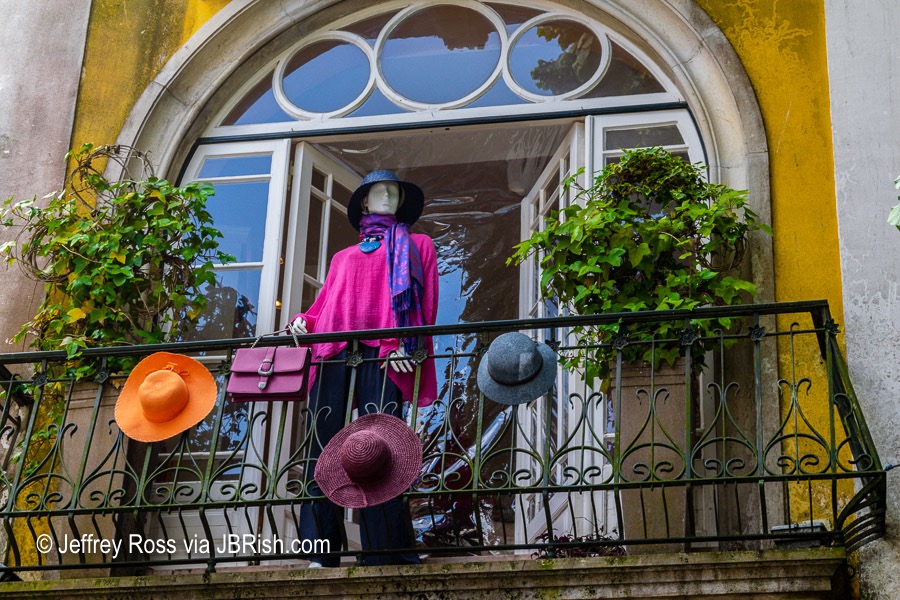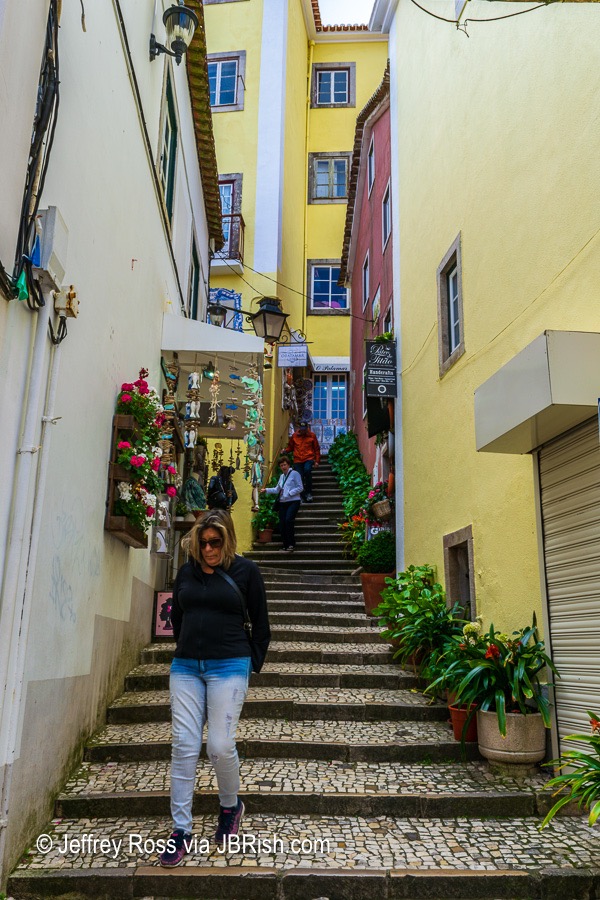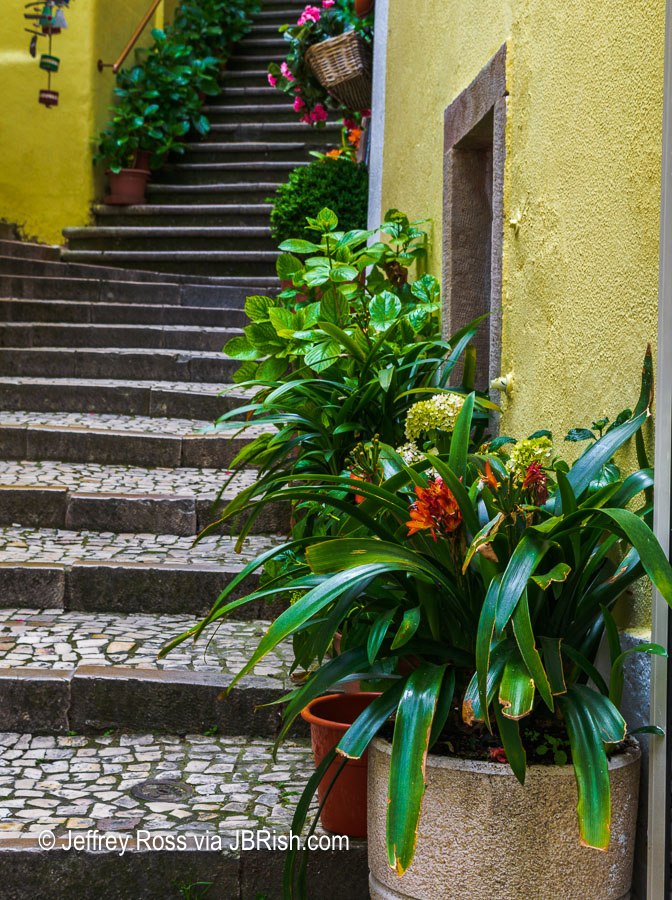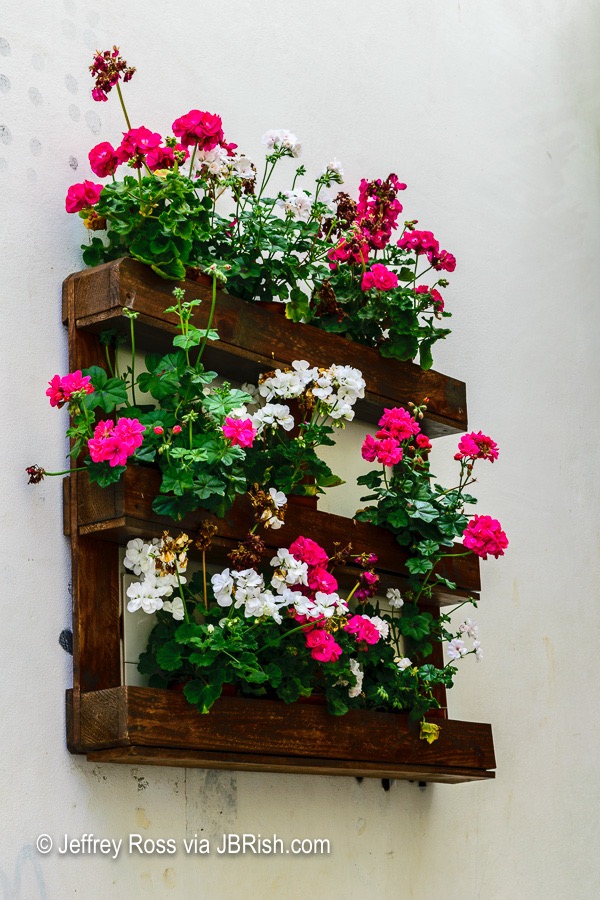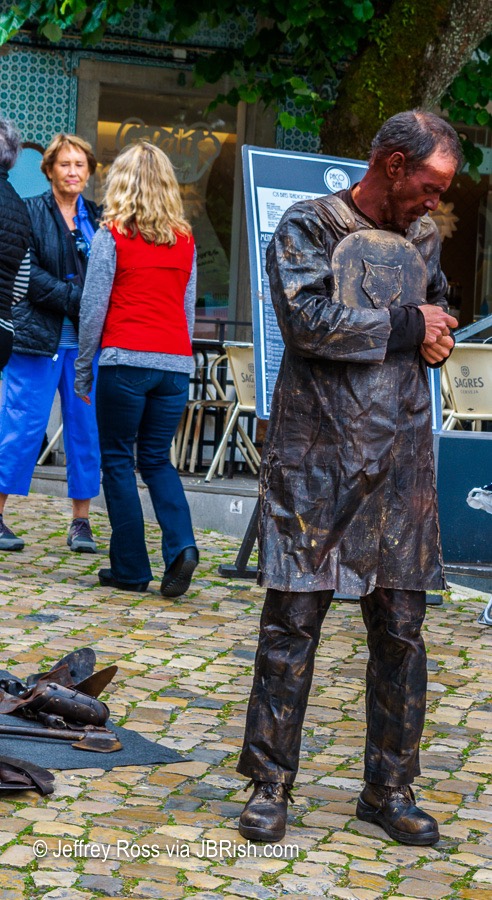After Dubrovnik, Rovinj would be another “must see” city in Croatia. A historic harbor town located along the Adriatic Sea on the west coast of the Istrian Peninsula, it is very reminiscent of a number of quaint Italian villages. Travelers will appreciate the abundance of varied, colorful scenes that project charm and romanticism.
Below is a view of the Old Town looking north from the Rovinj Marina at Luka Rovinj. The Church of Saint Euphemia’s spire rises above all other structures.
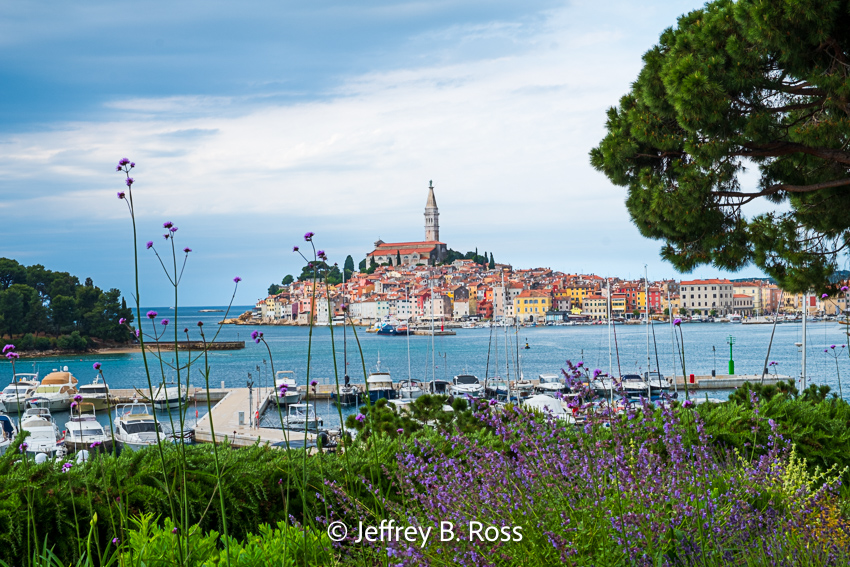
Here is a closer view

The hilltop location and weathered cobblestone streets provide an array of old world venues to investigate.
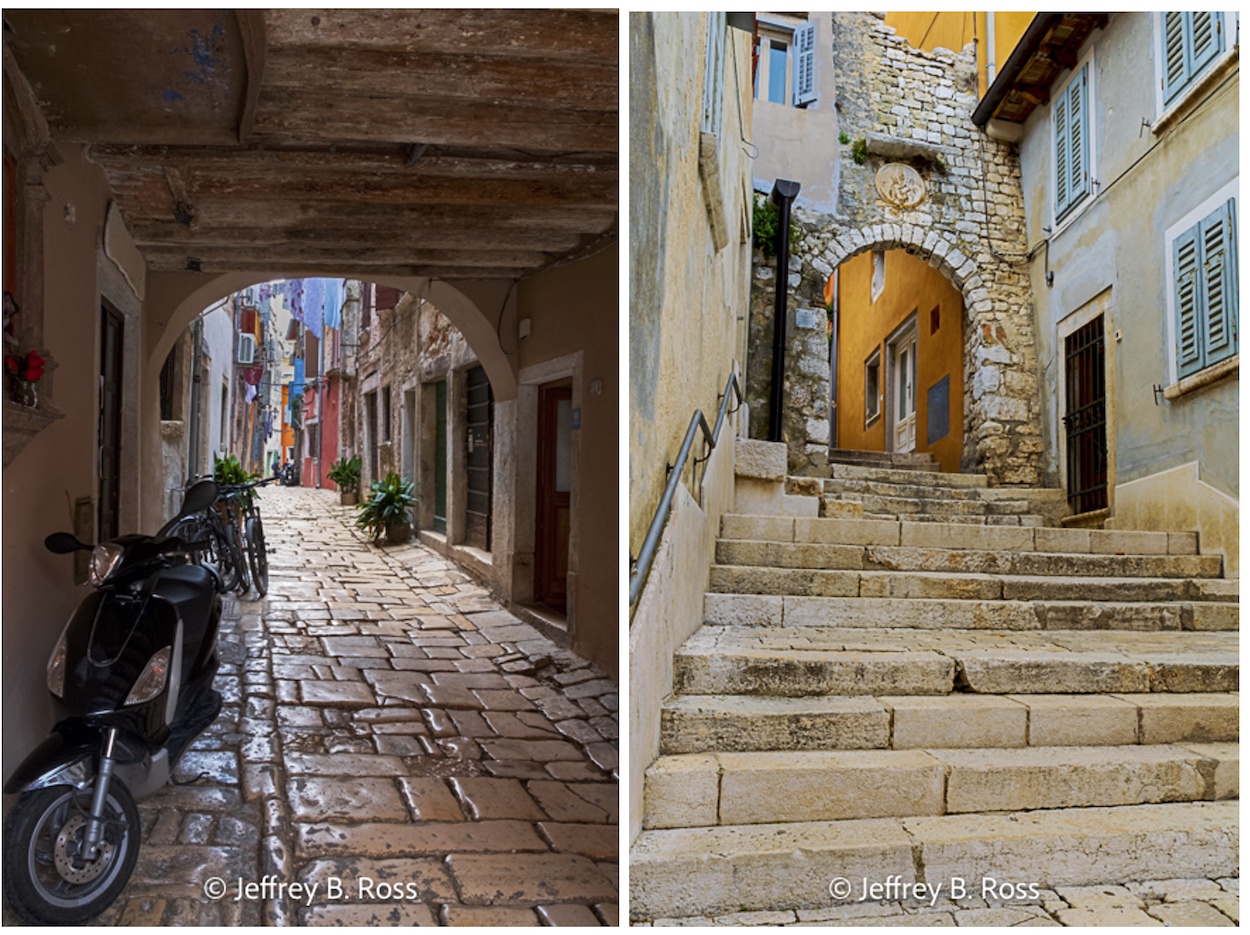
In destination cities, there are usually cafes, small boutiques and unique emporiums and Rovinj will not disappoint. Rovinj is made for walking. As a mostly car-free town it invites visitors to explore the narrow alleyways and traverse up and down the stone stairways. Pedestrians stop often to admire the old world architecture and colorful facades.
Don’t get the wrong idea however, Rovinj has also evolved to appeal to the more contemporary taste of savvy travelers. There are interesting eateries and shops with up-to-date color schemes and modern offerings.
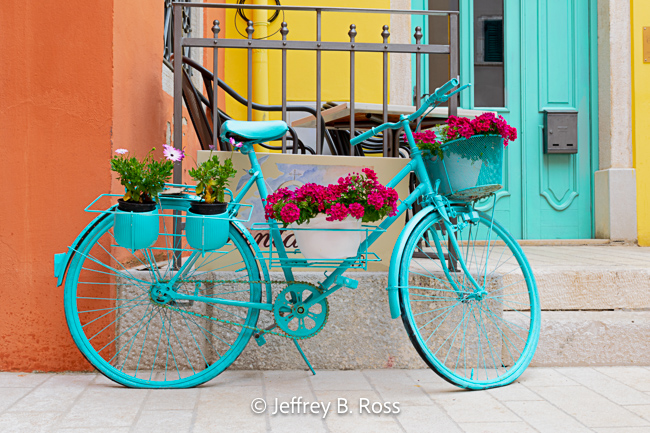
Tourists may have a tendency to forget that daily lives swirl about as they visit surrounding streets, but somehow mundane images seem to take on additional appeal in a setting such as Rovinj.
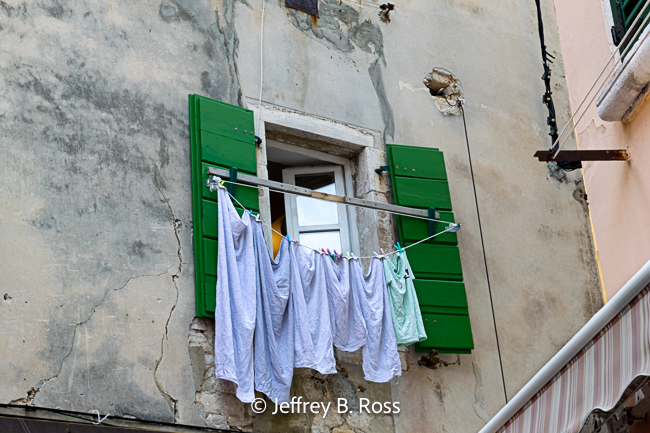
The dominant building and a favorite tourist stop is the Church of Saint Euphemia built on the highest hilltop between 1725 and 1736 .
*The bell tower bears a strong resemblance to St. Mark’s Basilica in Venice and serves as a platform for the statue of St. Euphemia, the Patron Saint of Rovinj. The bronze sculpture is constructed on a spindle which enables it to turn indicating the direction of the wind.
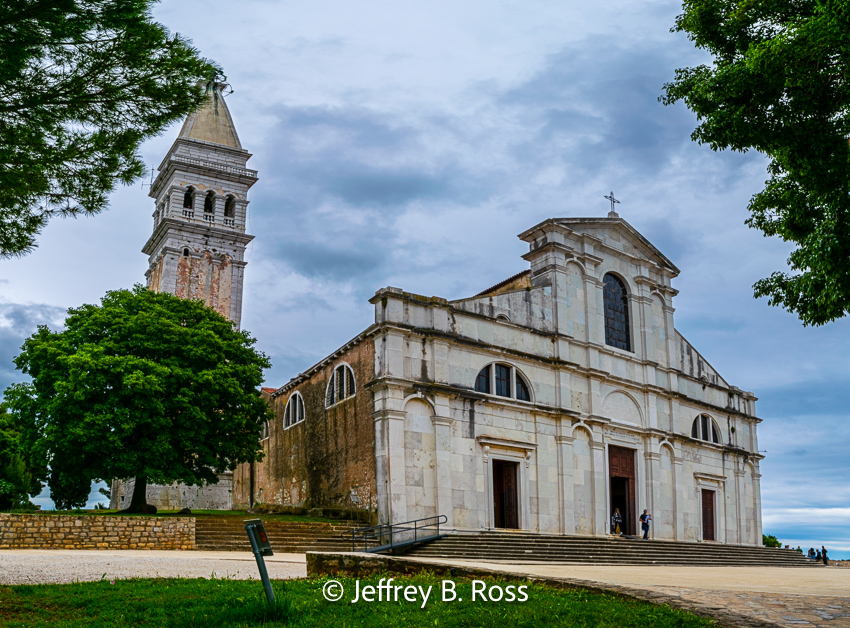
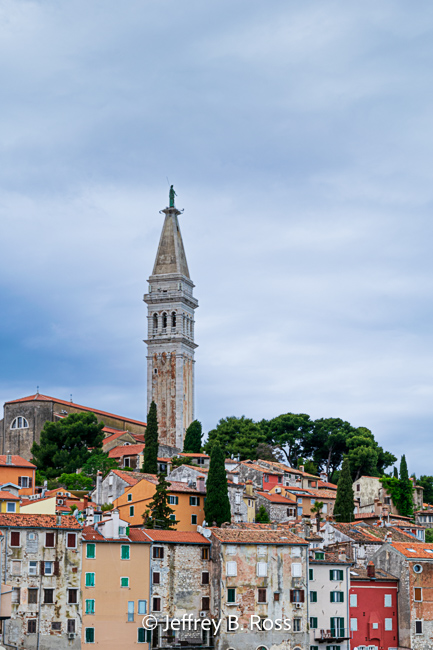
The statue of St. Euphemia can be seen on the top of the bell tower in Rovinj.
The colorful buildings against the blue water and stormy sky provided plenty of opportunity for beautiful photographs.
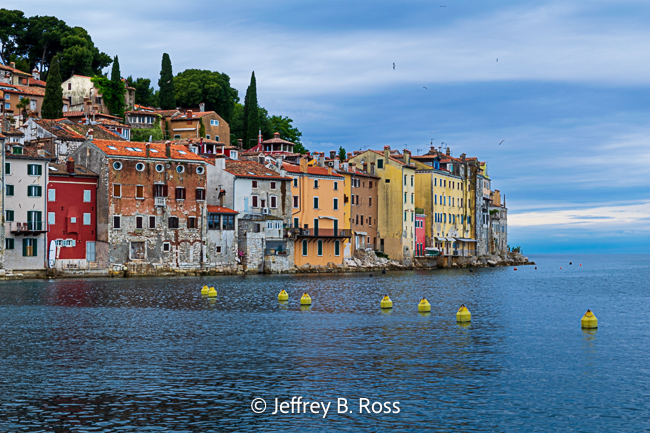
To relax a bit and take in the ambience of the town, a stroll along the harbor is a top choice.
Walking around Rovinj, one is easily reminded that this is a seafaring locale relying on the Adriatic for its livelihood, tourism and recreation.
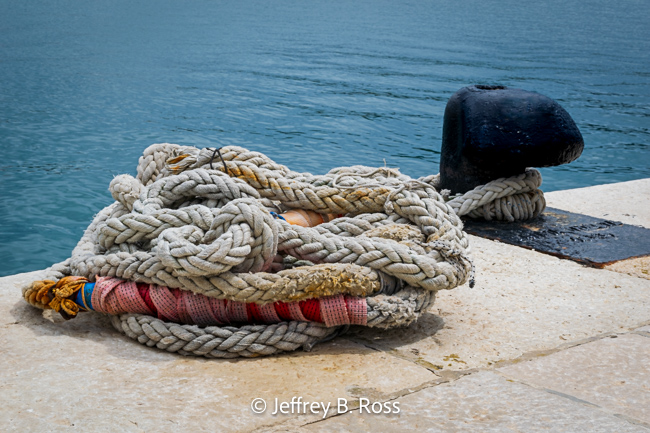

Reminders of the daily work
The rustic buildings pointing toward the sea have satellite dishes on the roofs providing a mix of the old and the new.
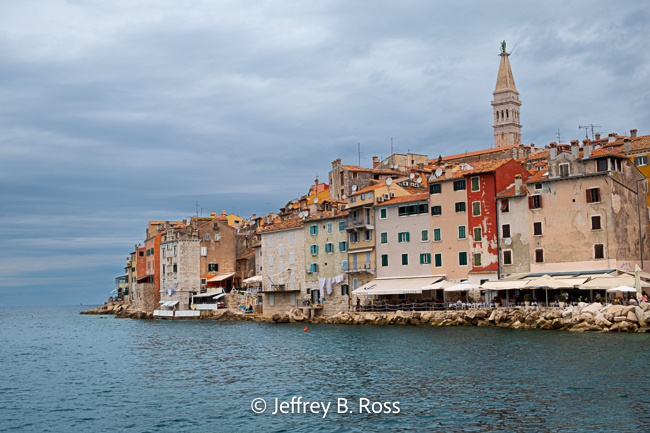
A number of marinas draw fishing and boating enthusiasts to the area.

A small ferry transports passengers between the town’s perimeter and the old section. A fine place to bid farewell to hard-to-forget Rovinj.

To catch the flight back to the United States, our tour group made a one-day stop over in Venice. Although we had been there before, the contender for the moniker, City of Love, still had plenty of charisma to offer.**
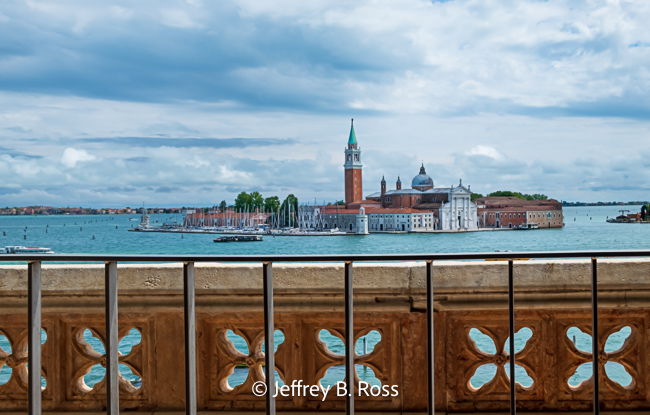
San Giorgio Maggiore island and church in Venice viewed from the Grand Canal walkway
The canals of Venice frame many interesting sights such as the Bridge of Sighs (left) and the San Giorigio del Greci Church (right)
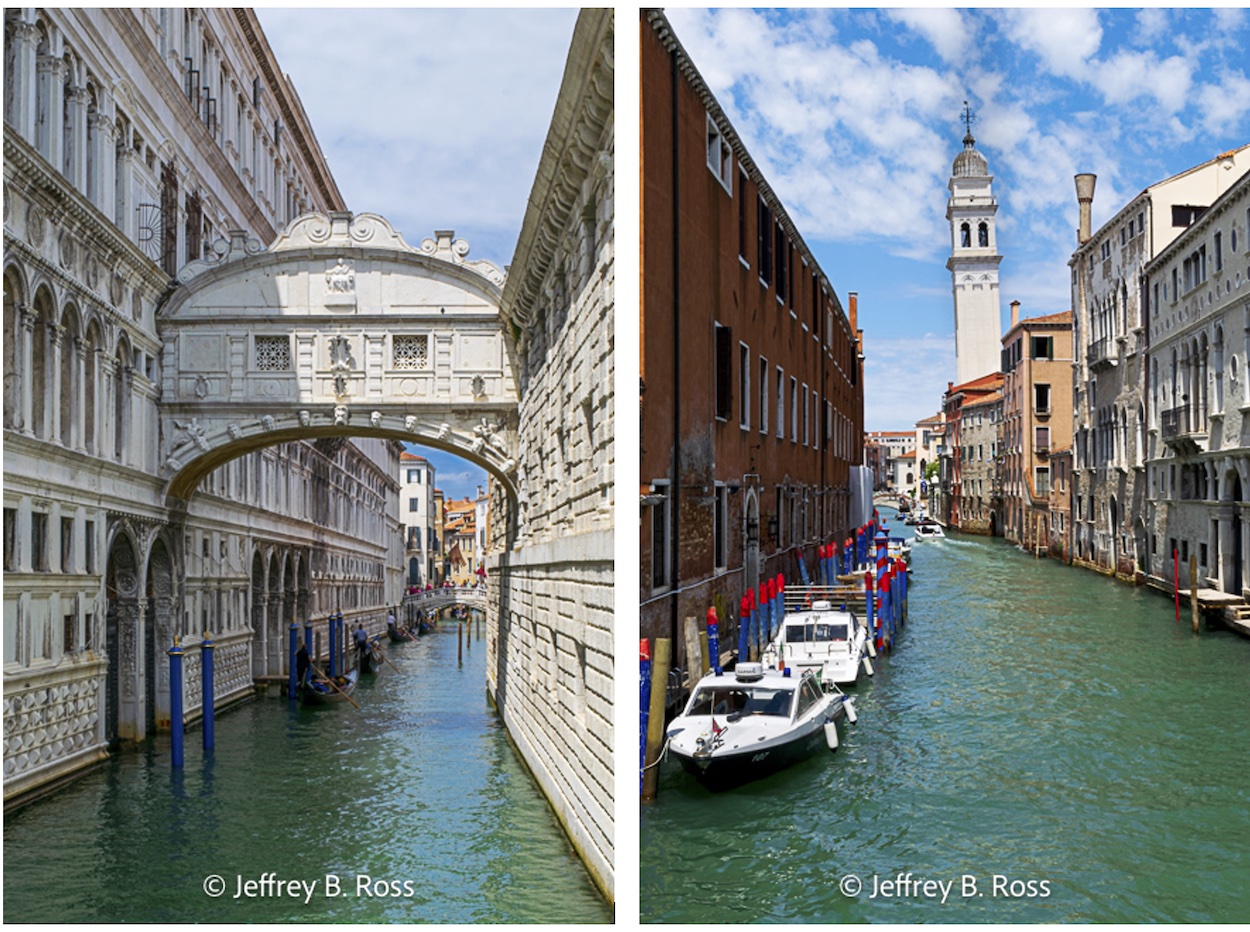
If ever there was a location made for a romantic evening walk, it would be in-and-around the Grand Canal of Venice.

Early evening view of the famed gondolas with San Giorgio Maggiore island in the background

As darkness falls, the magic of the night unfolds in Venice
One of our favorite all-time great evenings was sitting in St. Mark’s Square with a glass of wine listening to the various orchestras compete in a make-shift “battle of the bands.” An evening in the square is a good place to cap off our great adventure.
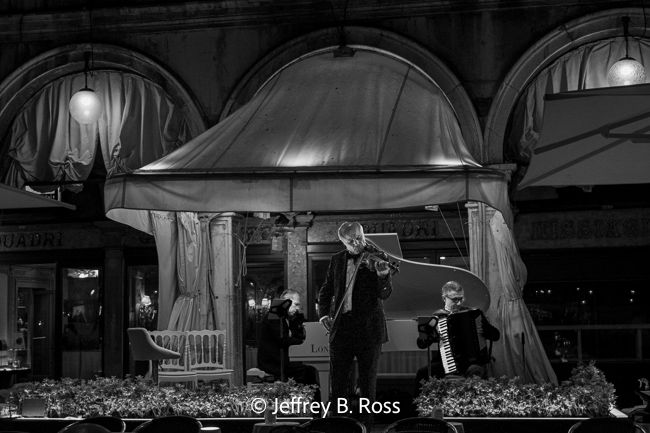
*https://en.wikipedia.org/wiki/Church_of_St._Euphemia,_Rovinj
**https://assist-ant.com/top-10-romantic-things-to-do-in-venice/
See Previous Posts in this series:
Dubrovnik, Croatia – Pearl of the Adriatic
Old Town Dubrovnik – Above it all
Old Town Dubrovnik – The Low Down
Dubrovnik from the Adriatic and Mt. Srd
Montenegro & The Walled City of Kotor
Mostar – Bosnia and Herzegovina
Coastal City of Split, Croatia
Zagreb – Capital City of Croatia
Ljubljana – Capital of Slovenia
Slovenia – Cookies, Castle, Caves and Cuisine
